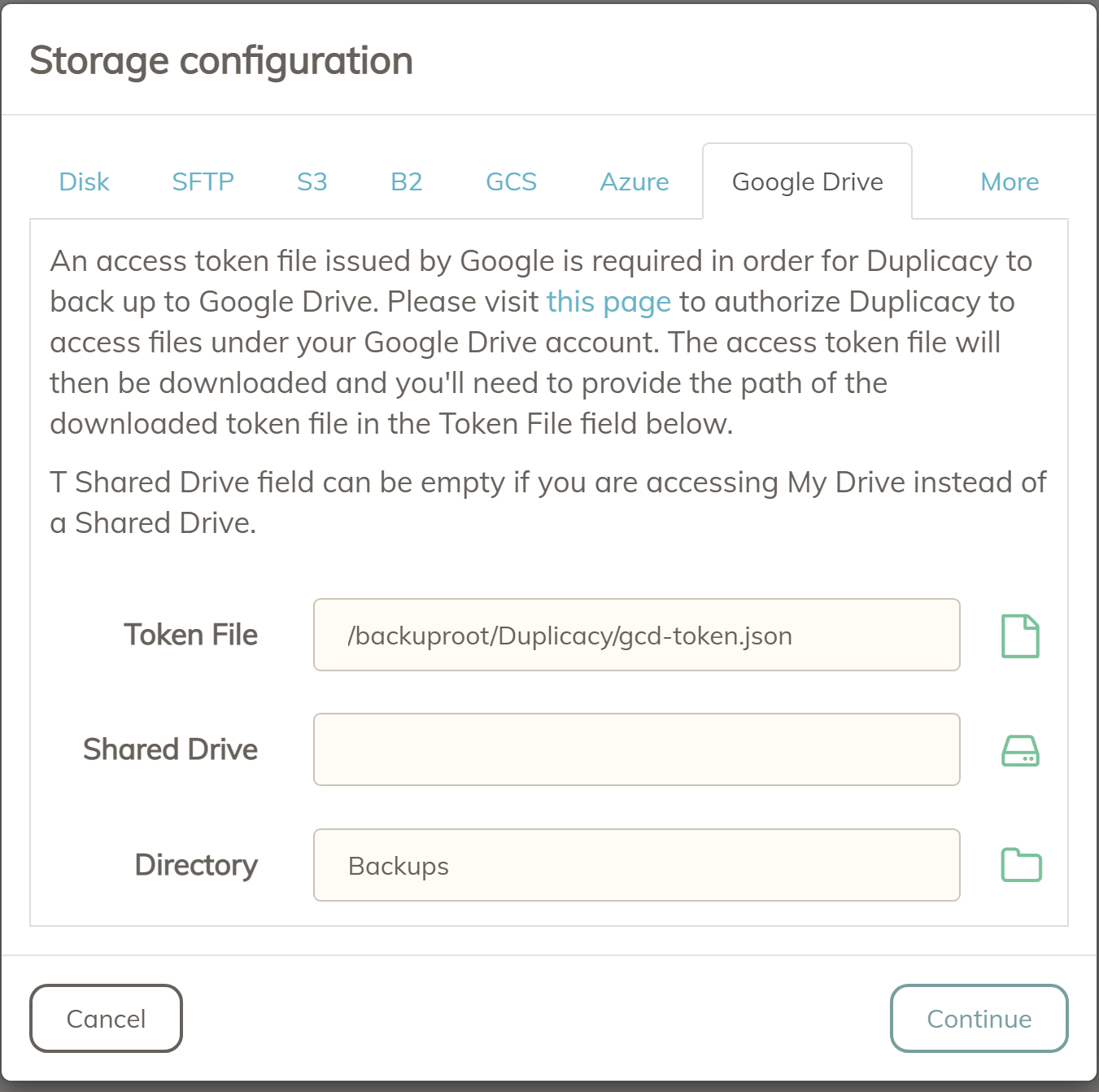


For instance if you're backing up a MySQL database, this script can involve doing a mysqldump into /data/mydb.sql. You can have duplicacy-autobackup run a script before and after the backup process by mounting scripts on /scripts/pre-backup.sh and /scripts/post-backup.sh.

You will get a prompt asking for your storage provider's credentials, and, if applicable, your encryption key: If you used client-side encryption, add the -encrypt flag: duplicacy init -encrypt backup_name backup_location.Run duplicacy init backup_name backup_location, where backup_name and backup_location correspond to the BACKUP_NAME and BACKUP_LOCATION environment variables of your setup.
#Duplicacy docker install
Install Duplicacy: download the latest Duplicacy binary from its Github page, and put it in your pathĬd to a directory where you'll restore your files, e.g. This shows the procedure to list files, versions, and restore a duplicacy backup made using duplicacy-autobackup. Ghcr.io/christophetd/duplicacy-autobackup:v1.4.0 Viewing and restoring backupsīackups are useless if you don't make sure they work. e BACKUP_ENCRYPTION_KEY= 'correct horse battery staple ' \ $ docker run -d -name duplicacy-autobackup \ If you want to execute an out of schedule backup, you can do so by running the script /app/backup.sh inside the container : Those files must be mounted in the container so that they can be accessed from inside it.


 0 kommentar(er)
0 kommentar(er)
